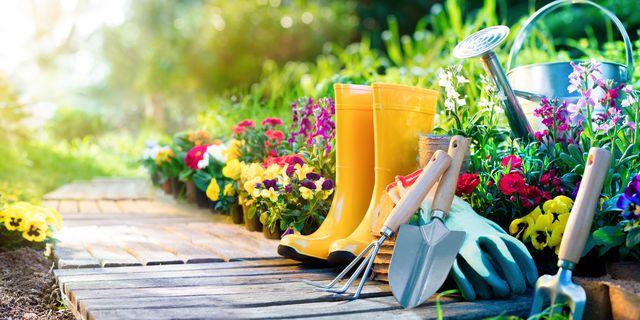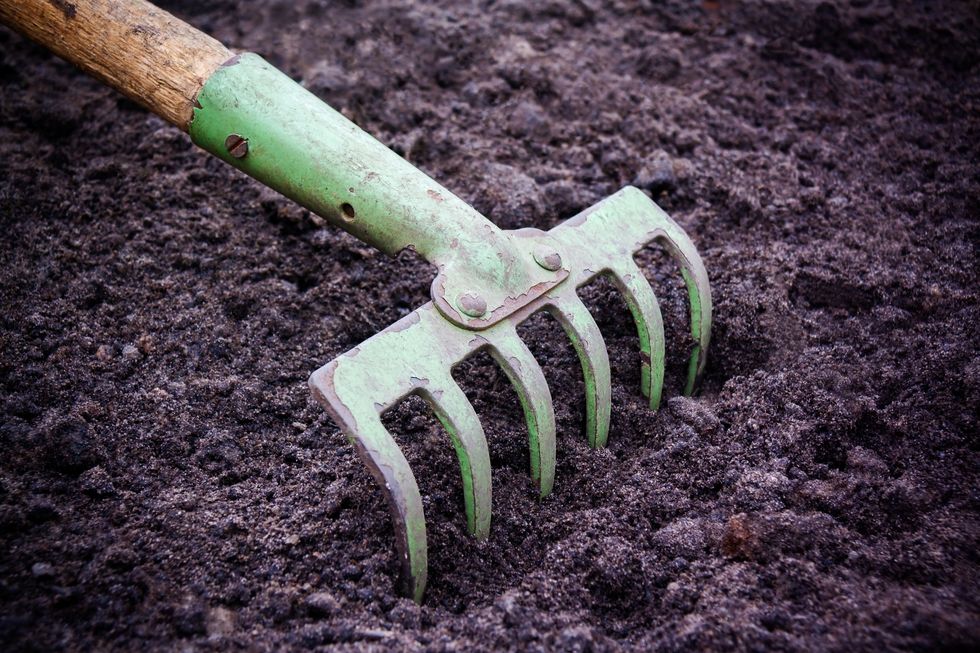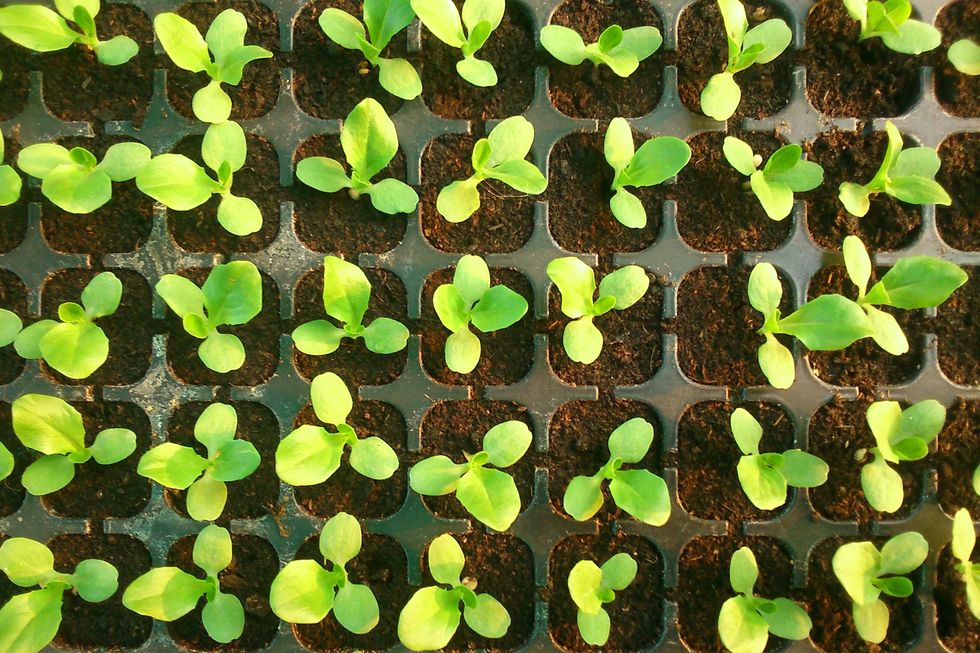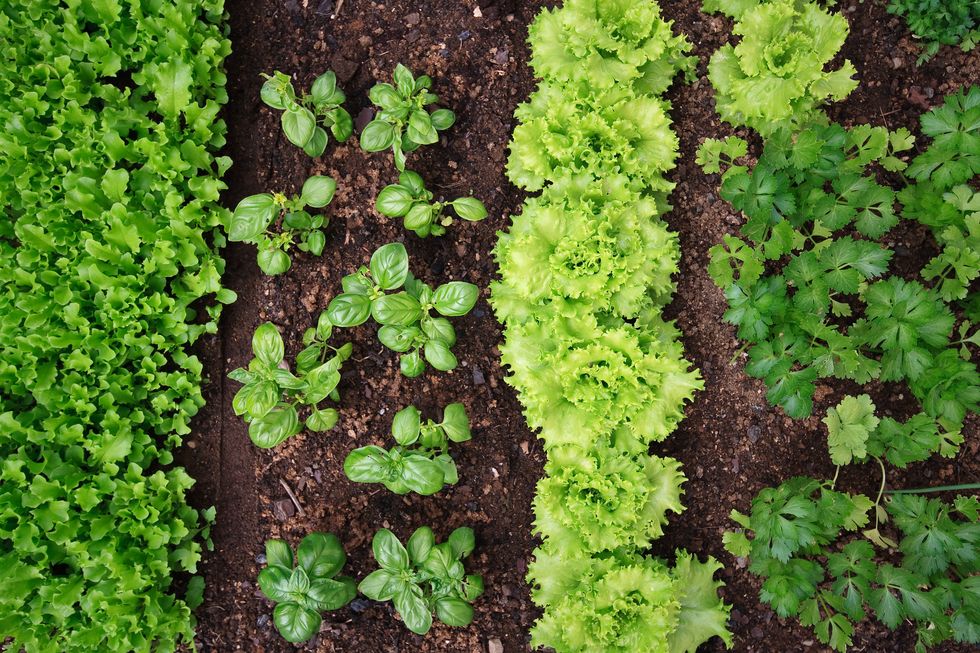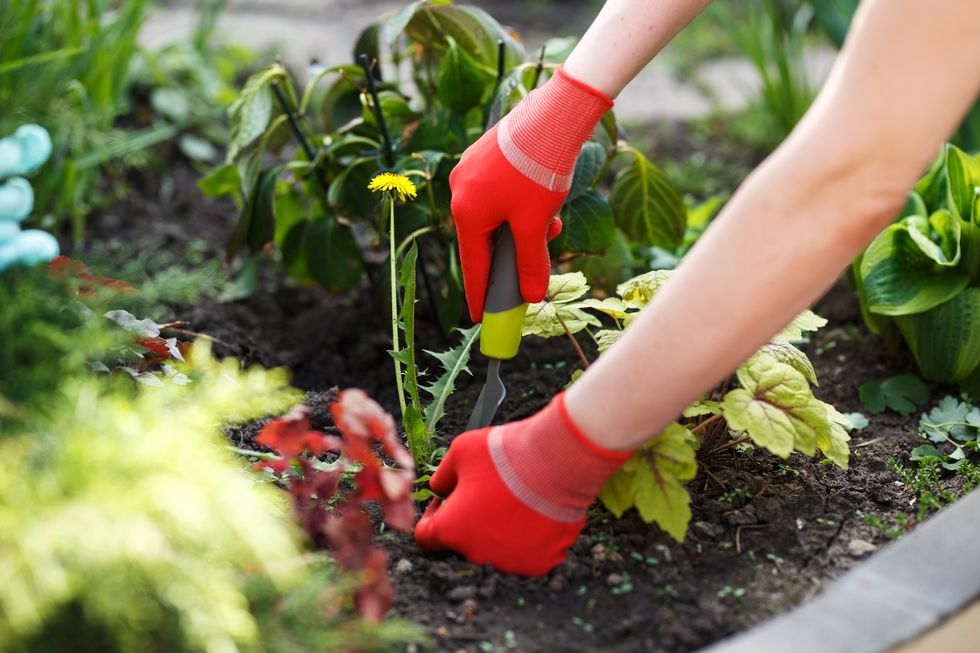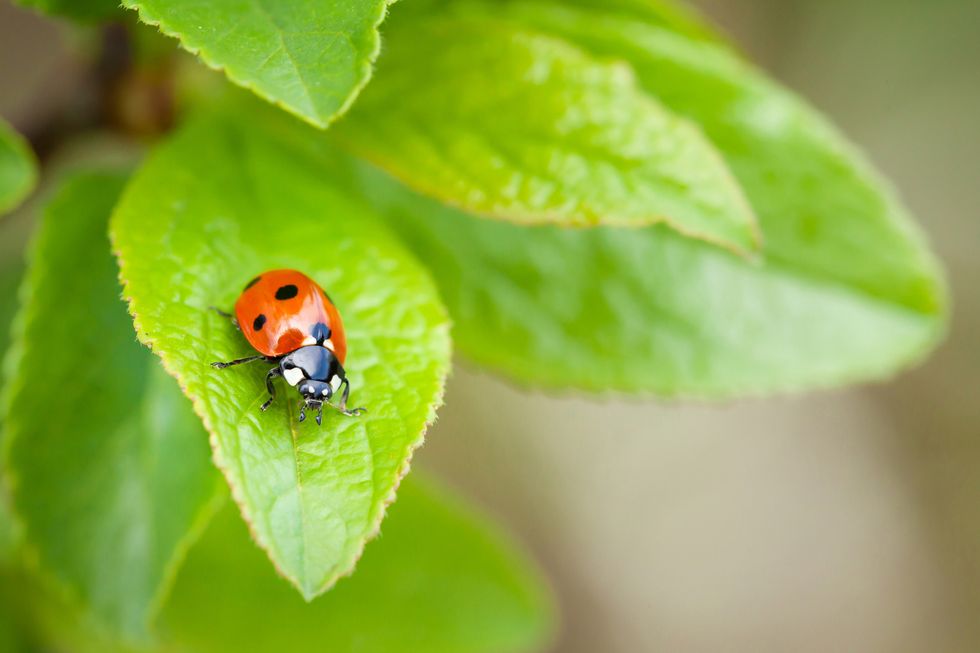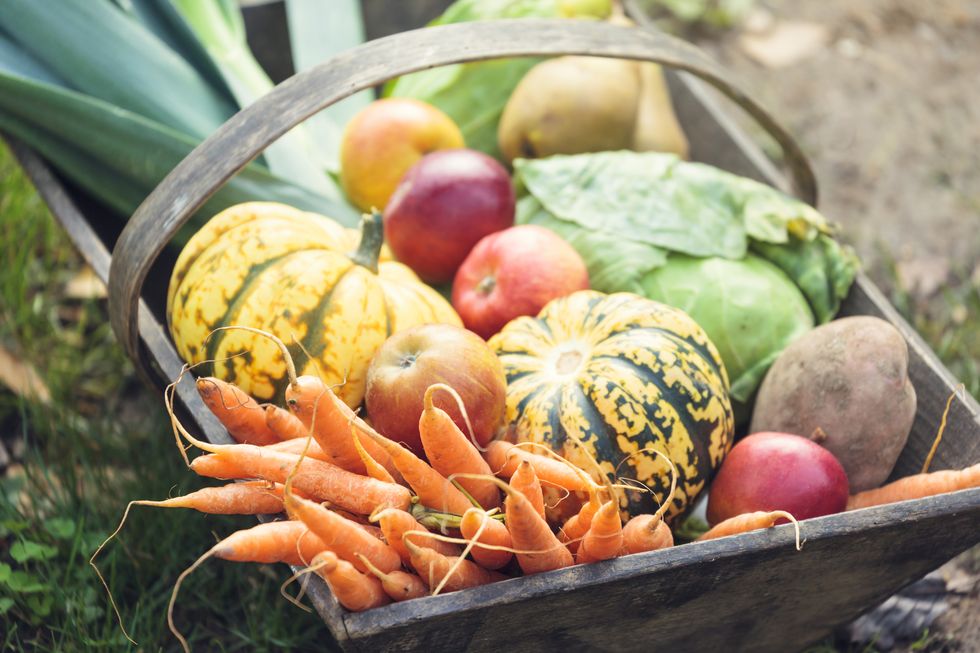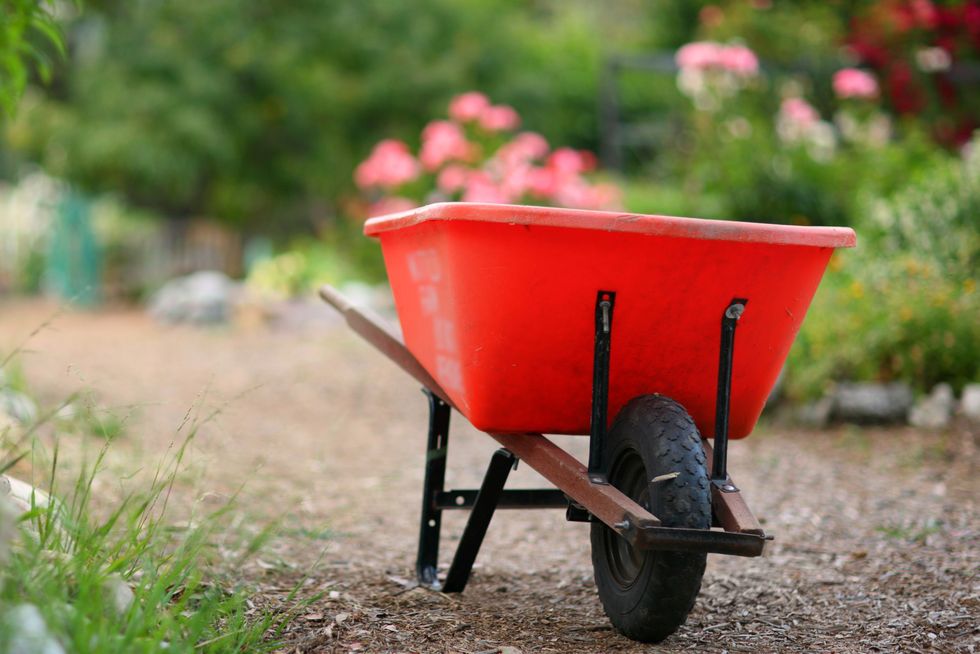How to Start an Organic Garden in 9 Easy Steps
Grow your own delicious, healthful organic food.
We've been independently researching and testing products for over 120 years. If you buy through our links, we may earn a commission. Learn more about our review process.
You've been trying to eat more organic foods, both to decrease the amount of pesticides you and your family consume and to help protect the environment. But take one look at your grocery store receipt and you know that buying organic can get very expensive, very fast. Luckily, there's a way to grow your own delicious, fresh produce while having fun and learning at the same time: organic gardening!
Don't know where to start? It is possible to hire someone to install and maintain a beautiful organic garden for you, but most of us can roll up our sleeves with a surprisingly low amount of effort. Remember, you can start small, even with just a single plant or two. Don't worry if things aren't perfect right away.
Organic gardening means you won't use synthetic fertilizers or pesticides, but that doesn't mean your plants fend for themselves. There are an array of tools you can use to bolster plant health and ward off pests. Read on for specific tips, taken from expert garden blogger, Leslie Land, her New York Times book 1000 Gardening Questions & Answers, and other sources.
Watch Next


40 Summer Flower Options for Your Garden

The Anti-Aging Effects of Rosehip Oil

40 Dreamy Small Garden Ideas

How to Grow an Avocado Plant Indoors
